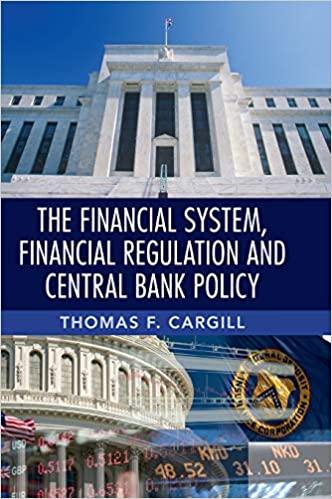Question
The price of a share of stock divided by the companys estimated future earnings per share is called the P/E ratio. High P/E ratios usually
The price of a share of stock divided by the companys estimated future earnings per share is called the P/E ratio. High P/E ratios usually indicate growth stocks or maybe stocks that are simply overpriced. Low P/E ratios indicate value stocks or bargain stocks. A random sample of 51 of the largest companies in the U.S. gave the following P/E ratios in 2009 (Reference: Forbes):
| 11 | 35 | 19 | 13 | 15 | 21 | 40 | 18 | 60 | 72 |
| 9 | 20 | 29 | 53 | 16 | 26 | 21 | 14 | 21 | 27 |
| 10 | 12 | 47 | 14 | 33 | 14 | 18 | 17 | 20 | 19 |
| 13 | 25 | 23 | 27 | 5 | 16 | 8 | 49 | 44 | 20 |
| 27 | 8 | 19 | 12 | 31 | 67 | 51 | 26 | 19 | 18 |
| 32 |
a. Get the descriptive statistics for the data and verify that = 25.2 and s = 15.5.
b. Check the sample size condition.
c. Find a 99% confidence interval for the P/E population mean () for all large U.S. companies. d. In June 2009, Bank of America had a P/E ratio of 14, Apple had a P/E ratio of 25, and Sears Holdings Inc. had a P/E ratio of 64. Examine the confidence interval in part c, and explain how you would describe these stocks at this time.
e. Calculate the Pearson coefficient of skewness and comment on the normality of the data. f. Graph the histogram and check for the normality of the data.
Step by Step Solution
There are 3 Steps involved in it
Step: 1

Get Instant Access to Expert-Tailored Solutions
See step-by-step solutions with expert insights and AI powered tools for academic success
Step: 2

Step: 3

Ace Your Homework with AI
Get the answers you need in no time with our AI-driven, step-by-step assistance
Get Started


